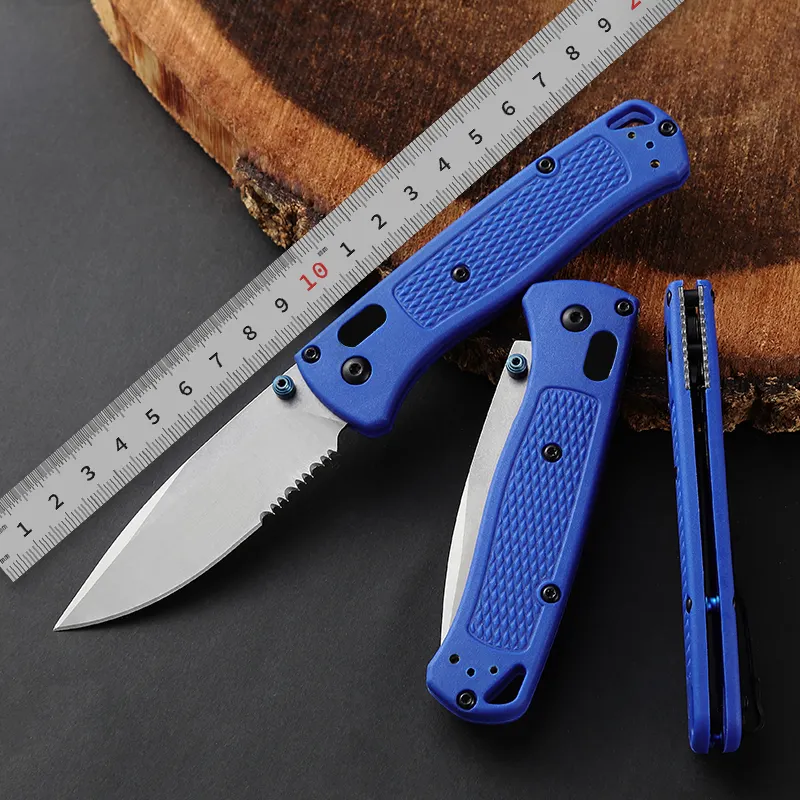Camping knives are invaluable tools for outdoor enthusiasts, serving a variety of purposes from food preparation to fire-starting. Mastering the proper techniques for using a camping knife can enhance your outdoor experience and ensure safety. Here are some essential tips to consider:
1. Proper Grip
The first step to effective knife use is a proper grip. Hold the knife securely by grasping the handle with your dominant hand, ensuring that your fingers wrap around it firmly. Your index and middle fingers should be positioned close to the blade for better control, while the remaining fingers grip the handle comfortably. This grip provides stability and reduces the risk of slipping during use.
2. Cutting Techniques
When it comes to cutting, it’s important to apply the right technique. Use a combination of downward pressure and a forward motion to create clean cuts. Avoid excessive force, as this can damage the blade and make cutting more difficult. For softer materials like fruits or vegetables, a gentle sawing motion can often yield the best results.
3. Wood Shaving and Carving
A camping knife is essential for woodwork, whether you’re making kindling or crafting tools. When shaving wood, maintain a cutting angle of about 30 to 45 degrees. Use your arm strength rather than just your wrist to create controlled, even strokes. This technique not only improves accuracy but also reduces fatigue during prolonged use.
4. Fire Preparation
A camping knife can assist in fire-starting by helping you create tinder. Use the spine of the knife to scrape wood into fine shavings, which catch fire easily. You can also cut dry bark or thin branches into smaller pieces that ignite more readily. Remember, safety first—always ensure your surroundings are clear before starting a fire.
5. Food Preparation
In the kitchen of the great outdoors, your knife is your best friend. Use it to slice, chop, and clean food. Always clean your knife after use to maintain hygiene and prevent cross-contamination. Be cautious while cutting; keep your fingers clear of the blade to avoid accidents.
6. Safety Considerations
Safety is paramount when using a camping knife. Always return the knife to its sheath when not in use to prevent accidental cuts. Be mindful of your surroundings; ensure that no one is in your immediate area while you’re cutting. Maintaining focus and awareness can help avoid injuries.
7. Maintenance and Care
A well-maintained knife is a reliable tool. Regularly clean the blade to prevent rust and corrosion. Periodically sharpen the blade to keep it effective. Use a sharpening stone or a honing rod, following the manufacturer’s guidelines for the best results.
Conclusion
Mastering the techniques for using a camping knife can greatly enhance your outdoor adventures. With the right grip, cutting methods, and maintenance practices, you can ensure that your knife remains a reliable companion. Always prioritize safety and enjoy the great outdoors with confidence!
 Yangjiang Anthony Coltelli Co., Ltd
Yangjiang Anthony Coltelli Co., Ltd